Policy actions to improve SRH services for adolescents and youth: Beyond gaps and challenges
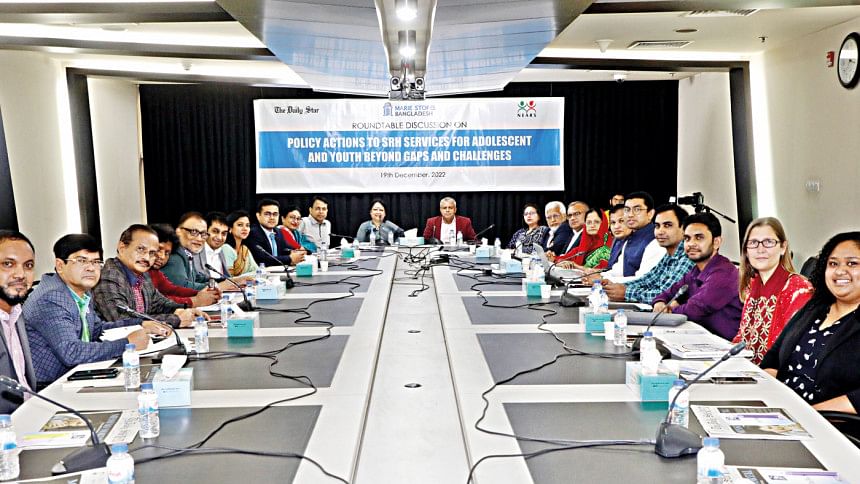
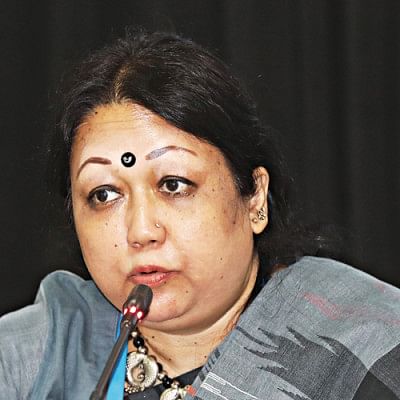
Dr. Farhana Ahmad, Director-External Relations and New Business Development, Marie Stopes Bangladesh
Young people have the right to receive reproductive health services that meet their needs in a respectful and nonjudgmental manner, regardless of their age. Criticisms or unwelcoming attitudes will prevent young people from accessing the care they need.
All adolescents should have access to appropriate SRHR services, including contraception, without requiring authorization by law, policy, or practice.
Young people may seek advice from family planning providers about physical changes, sex, relationships, family issues, and problems of growing up, in addition to contraception.
Bangladesh has the highest adolescent pregnancy rate outside of Sub-Saharan Africa. Reducing unintended pregnancies is essential for improving adolescent health and their social and economic well-being.
Access to proven, safe, and effective family planning methods can significantly reduce deaths and complications from unintended pregnancies and unsafe abortions.
Current government guidelines and family planning manuals state that only married couples are eligible for government family planning services, aside from counselling. NEARS would like to advocate for policy changes to remove this requirement and ensure that all adolescents and women are eligible for the DGFP's family planning services, regardless of their marital status.
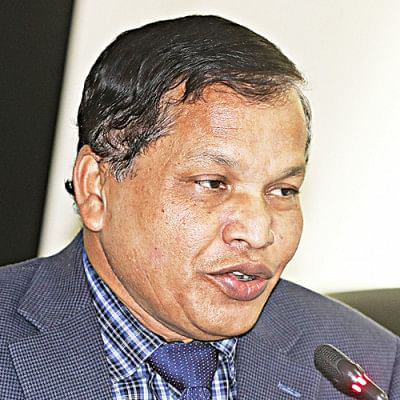
Dr. Jaynal Haque, Consultant NEARS and Ex-programme manager MCH, DGFP and Keynote presenter
Adolescence is a time of physical and psychological changes that occur after childhood and before adulthood. During this time, adolescents may face a variety of health challenges, including mental health issues, sexual and reproductive health issues, substance abuse, and physical activity changes. These challenges can be influenced by environmental, social, and economic factors, such as access to healthcare, exposure to violence, and family and cultural dynamics. Adolescents have the potential to establish health-promoting behaviors that will contribute to their current and future well-being. They also have a significant role to play in society, family, and their country.
Early pregnancy presents obstacles such as the end of formal education and increased poverty. In Bangladesh, 84% of unmarried male adolescents and 75% of unmarried female adolescents know about at least one of three common contraceptive methods (oral pill, condom, emergency contraceptive pill). There is also a higher percentage of unmet need for family planning among married adolescent girls (15.5%) compared to married women overall (12%).
Ensuring access to adolescent-friendly services and comprehensive information about family planning options can enable adolescents to make fully informed choices that meet their fertility preferences in ways that are appropriate for their life stage and circumstances. In Bangladesh, 5.33 million babies are born each year, with 2.63 million of these pregnancies being unintended and 1.58 million resulting in abortion. Pregnancy and childbirth complications are a leading cause of death for adolescents in the country. Providing adolescents with access to information and services related to sexual and reproductive health, including family planning, can help to prevent unintended pregnancies and reduce the risks associated with childbirth.
Individuals should have the freedom to decide on the number and spacing of their children, and to do so, they must have access to contraceptive methods that they can use voluntarily, free from discrimination, violence, or coercion.
Governments should implement a national family planning program to ensure that women and girls can access and use contraceptive methods of their choice without any restrictions based on age, ethnicity, marital status, or other factors.
The World Health Organization (WHO) recommends that governments remove legal and policy barriers to adolescents' and young people's access to health services, and that these services be provided in a way that respects and maintains privacy and confidentiality and recognizes adolescents' evolving capacity.
WHO also recommends national and political commitment to sexual and reproductive health for adolescents and youth, as well as addressing the sexual and reproductive health and family planning needs of unmarried adolescents and young people and emphasizing comprehensive sexual education. It is important for young people to participate in policy development and for special provisions to be made to reach out to parents, teachers, and service providers.
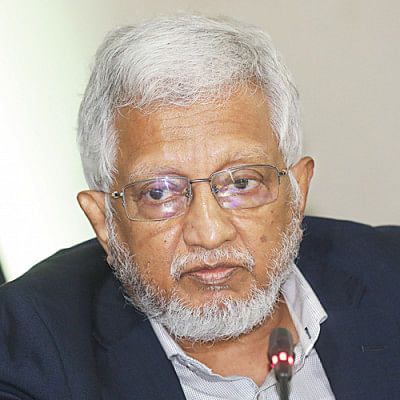
Dr. Ubaidur Rob, Country Director, Population Council
Unfortunately, the rate of child marriage has remained unchanged for over 10 years, which means that adolescent pregnancy rates will not decrease as long as child marriage persists. Children born to malnourished young mothers will not have the same physical and mental capabilities as those born to mature mothers.
Additionally, one-third of pregnancies in Bangladesh are unplanned, totaling 1.6-1.8 million out of 5 million. Without the use of effective contraceptive methods, there will continue to be high rates of unplanned and unintended pregnancies. It is crucial to address the issue of child marriage in order to address these problems.

Prof. Sameena Chowdhury,
Former President, Obstetrical and Gynaecological Society of Bangladesh (OGSB)
In order to provide proper reproductive health care, it is necessary to provide contraceptives to both married and unmarried women and include this in policy.
Providing menstruation regulation through medication (MRM) services through telemedicine can be a helpful solution for people in need of these services.
Another issue is the complications that can arise during childbirth for young mothers, with many babies often needing to be delivered via caesarean section. It is important to address the issue of child marriage through policy in order to address these problems.

Miranda Beckman, Deputy Office Director, OPHNE, USAID
It is important to consider policy issues in a comprehensive context, as challenges such as child marriage and adolescent pregnancy can negatively impact the labor force participation of adolescent girls.
In order to effectively address the needs of adolescents, it is important to collect age and sex-disaggregated data through improved health information systems. This will allow us to understand how many married or unmarried adolescent females are seeking healthcare services.
It is also important to have comprehensive policies in place for vulnerable adolescents, including those who are homeless, living in slums, disabled, engaged in sex work, gender diverse, drug addicts, living in disaster-prone areas, or refugees.
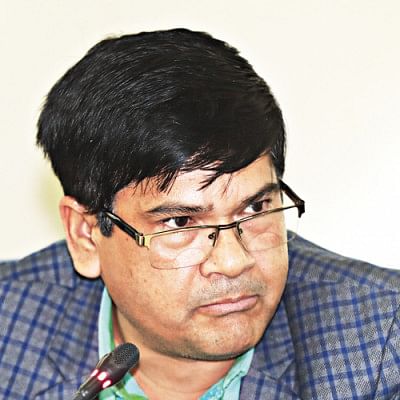
Abdul Latif Mollah, Line Director, IEM, DGFP
Child marriage has been identified as the number one problem and there are some actions we can take at the policy level. There should be coordination among the ministry of health and family welfare, MOWCA, religion ministry, and youth ministry. Every ministry has a vital role in eradicating the child marriage issue which will solve a lot of our problems. The policies should encourage the media to make the general people aware of adolescent-related problems including child marriage.
At the policy level, we should have a board for pre-marital counseling from which couples will be required to collect a certificate acknowledging their understanding of marriage and family planning.
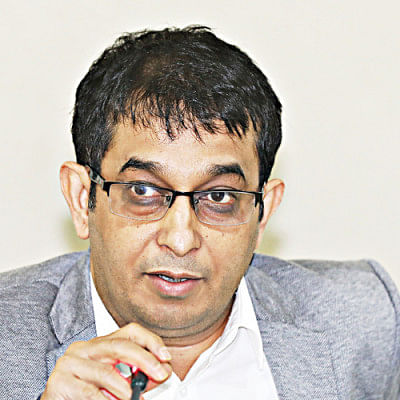
Arnob Chakrabarty, Managing Director, RedOrange Media and Communication
The modern health system in the world is trying to keep people away from doctors. When it comes to SRHR, it is about providing the right information so they do not have to go to the doctors. Unfortunately, we are talking more about the services rather than information and prevention. It is also true that we do not have any other choice as each year millions of girls are in this situation where they need these services.
There is a lot to do, but I think for now we should all come together and come up with an emergency plan for the next five years with a clear idea about the outcome to stop or reduce child marriage.
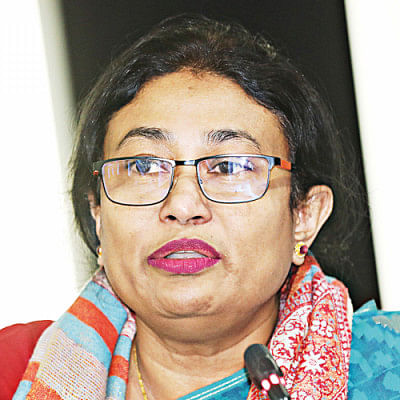
Jannatul Ferdous, MNCAH and Health Systems Specialist, UNICEF
This year, 73,000 of the 48 million adolescents in our country have received services including pregnancy counseling, family planning, and SRHR from the public sector. To reach more adolescents with information, we need to use a variety of platforms, including schools for comprehensive sexual education and digital platforms for those who have access.
However, there are also issues with health facility readiness and limited access. In order to address these challenges, we need to identify why our implementation strategies and action plans are not being effectively implemented. Policy briefs and recommendations may be diverse, but we need to clearly define the responsibilities of the health service, schools, community, and other areas.
We also need to consider the budget allocated for adolescent health services.
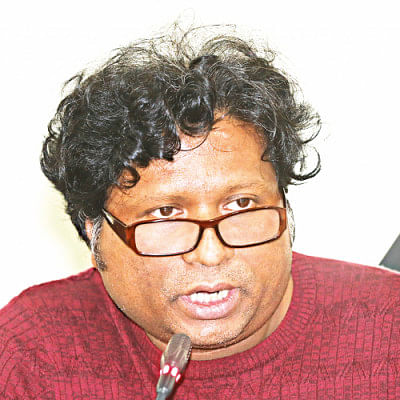
Dr Zahirul Islam, Senior Programme Officer, Development Cooperation Section, Embassy of Sweden
Globally, keeping girls in school for at least twelve years has been shown to be an effective intervention to reduce adolescent fertility. This can be achieved by incentivizing parents and creating an enabling environment that allows girls to attend school and college, which has many benefits.
In Bangladesh, there have been attempts to address early marriage through administrative processes. However, it is difficult to change social norms through these methods.
Many students, particularly girls, leave school due to early marriage, which creates a vicious cycle. Poverty is also a factor, as girls may not have other options besides marriage. To prevent early pregnancy, we must address the barriers that prevent girls from staying in school, including eve-teasing, sexual harassment, and elopements.
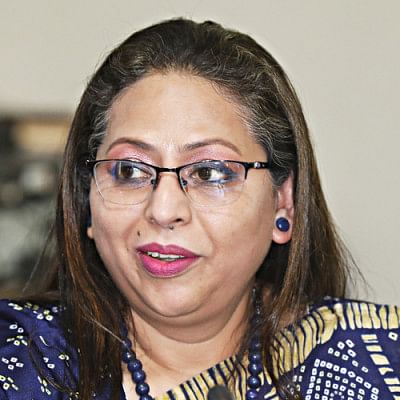
Mushfiqua Zaman Satiar, Senior Policy Advisor, Embassy of the Kingdom of the Netherlands
It is important to involve men in all reproductive health-related initiatives. Both men and women should take responsibility for fertility and contraception, rather than just expecting women to use pills or long-term contraceptives.
The government should set a fixed time frame for agencies to disseminate information about reproductive health. While many projects have focused on girls, these can be a burden for them if they do not have the power to advocate for themselves. Simply speaking about zero child marriage is not enough if the consent of girls is not taken into consideration.
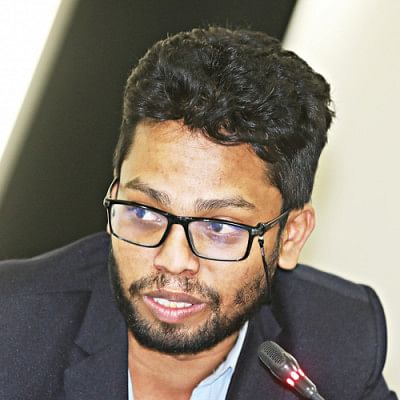
Sohanur Rahman, Coordinator, YouthNet for Climate Justice
Our experiences show that men often take on household duties but do not take on reproductive responsibilities. During the COVID-19 pandemic, we observed in Barishal that men were significantly less likely to seek reproductive health services than women, as if all the obligations were only for women. Girls do not often receive a friendly atmosphere because of societal attitudes, and men need to be included in addressing these issues.
SRHR services need to be provided in hard-to-reach areas.
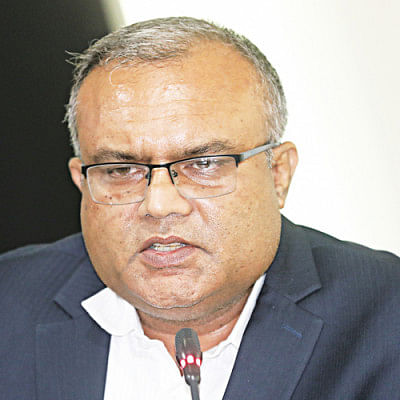
Mahbub Ul Alam, Country Director, Pathfinder International
Victims of child marriage should be included in the service delivery network and protected on an emergency basis to prevent early pregnancy. Global evidence suggests that adolescent corner-based interventions are not effective, and we need to link facilities with the communities where adolescents live.
Additionally, the services provided should be rights-based and respectful of clients' demands, rather than imposing certain options.
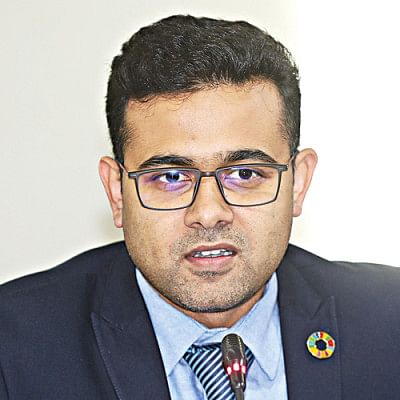
S M Shaikat, Executive Director, SERAC Bangladesh
We don't have any data on unmarried adolescent girls, so we can only talk about the experiences of married adolescent girls. This means that an entire section of adolescent girls remains in an unknown zone, and our plans often ignore this invisible community.
We need to broaden our perspective to include adolescent girls with disabilities, those who are vulnerable to climate change, those who live in slums, and those who have dropped out of school.
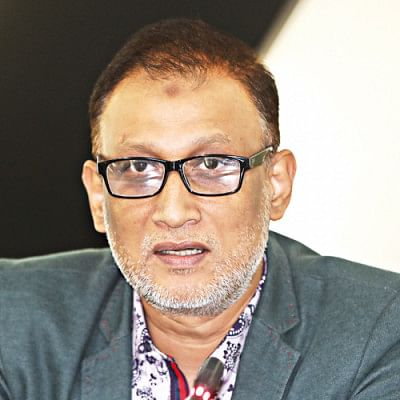
Shale Ahmed, Executive Director, Bandhu Social Welfare Society
The needs of the transgender communities are often overlooked in discussions about sexual and reproductive health and rights (SRHR). It is essential to include transgender individuals in any initiatives addressing SRHR. Service providers must also be trained on how to respectfully and inclusively serve these communities.
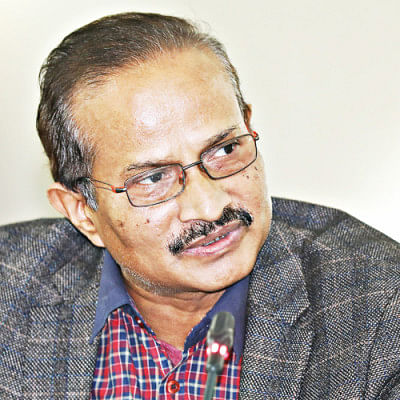
Dr Niaz Mohammad Kamali, Deputy Director & PM, CCSDP, DGFP
According to my experience in various jobs, I have observed that areas with lower income tend to have higher rates of child marriage. To reduce the prevalence of early marriage, it is important to provide girls with social and economic support. Without these resources, it will be difficult to address the issue effectively.
To improve the reliability of the birth registration system, it is necessary to ensure that it cannot be easily tampered with. One way to do this is by making local community leaders aware of the importance of transparency in this system.
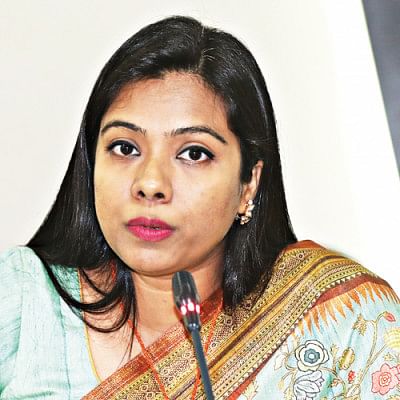
Nondini Lopa, Liaison Officer, World Bank
Our current social norms and values often hinder access to SRHR information and services. The rise of fundamentalism around the world is also contributing to this trend, reversing progress made in women's empowerment. Therefore, we must work with Madrasa students.
We have not yet sufficiently addressed the issue of out-of-school interventions for SRHR. It is important to take steps to meet the SRHR needs of out-of-school adolescents, as they do not have the same access to information and resources as their in-school peers.
To address the future needs of SRHR, it is important to conduct a thorough human resource mapping of the SRHR sector and focus on building the capacity of existing resources from a human rights and gender-responsive perspective.
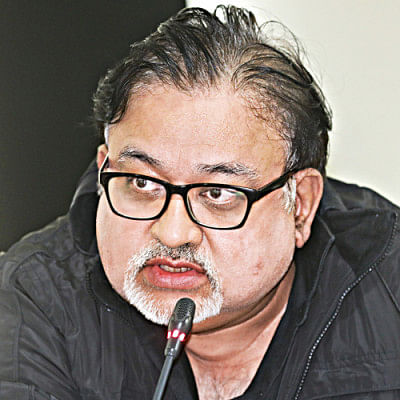
Dr Abdun Noor Tushar, Media Personality
We must determine the age range for adolescents, the age of consent, and the minimum age for marriage.
There are also issues with data collection in the health sector in Bangladesh, as private health facilities are a major provider of health care services but their data is not collected.
It is important to have a cohesive and targeted approach to health communication in order to deliver accurate information to all audiences
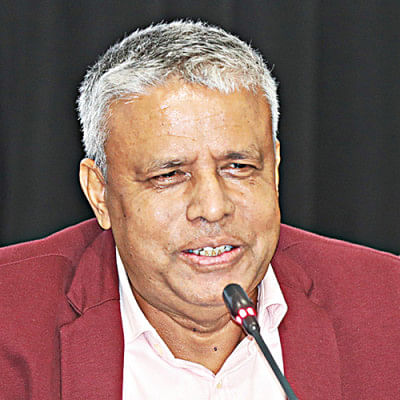
Dr. Ikhtiar Uddin Khandaker, President, NEARS
I would like to express my appreciation for your participation in the roundtable and the valuable recommendations provided.
We will use your suggestions to create a brief report and disseminate it to all relevant stakeholders in both the government and non-government sectors.
To effectively address the issues at hand, we should divide the recommendations into short-term, mid-term, and long-term categories and plan our interventions accordingly.
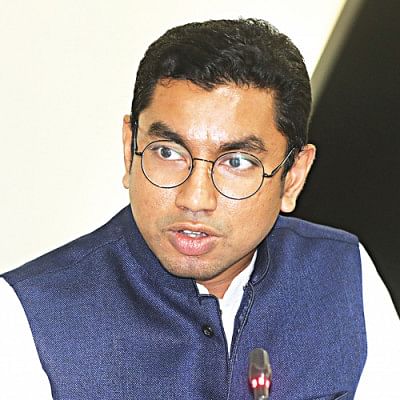
Tanjim Ferdous, In Charge of NGOs and Foreign Missions at the Business Development Team, The Daily Star
Today we have discussed a crucial national issue. The Daily Star has been actively reporting this issue for a long time. Our commitment is to ensure that every adolescent in the country has access to SRHR services. As a media outlet, we will do our best to raise awareness of the importance of SRHR.
Recommendations
- All adolescents should have access to appropriate SRHR services regardless of their age and marital status.
- Empower adolescents through comprehensive sexual education.
- Comprehensive policies should be in place to provide SRHR services to vulnerable adolescents.
- Take steps to meet the SRHR needs of out-of-school adolescents
- Adolescent-related information and issues should be promoted on media and digital platforms that are frequently accessed by adolescents.
- Collect age and sex-disaggregated SRHR data through improved health information systems.
- Provide capacity building training to SRHR service providers with a focus on human rights and a gender-responsive perspective.
- Providing SRHR services through telemedicine can be a helpful solution.
- Include transgender community in any initiatives addressing SRHR.
- Involve men in all reproductive health-related initiatives.

 For all latest news, follow The Daily Star's Google News channel.
For all latest news, follow The Daily Star's Google News channel. 



Comments